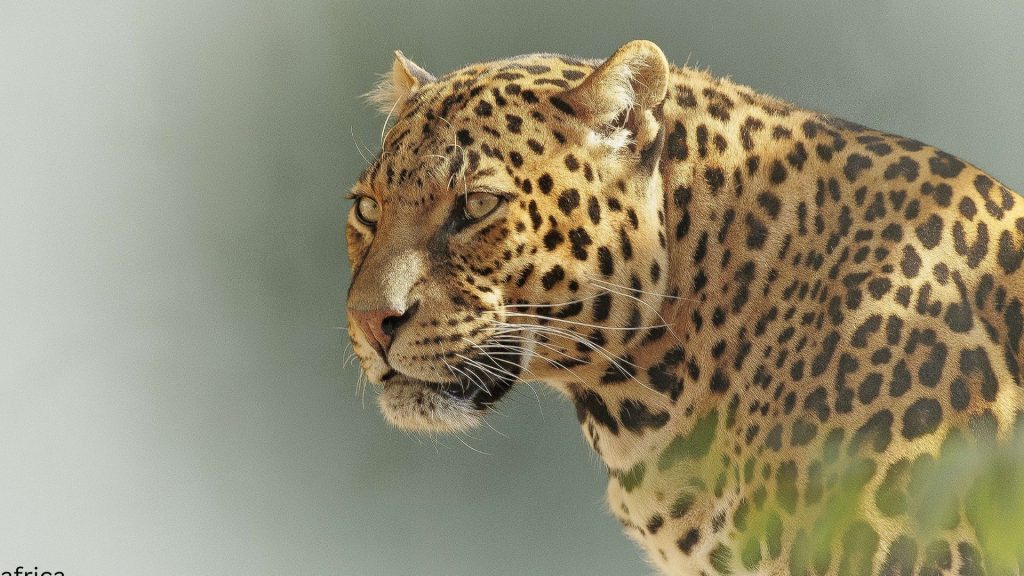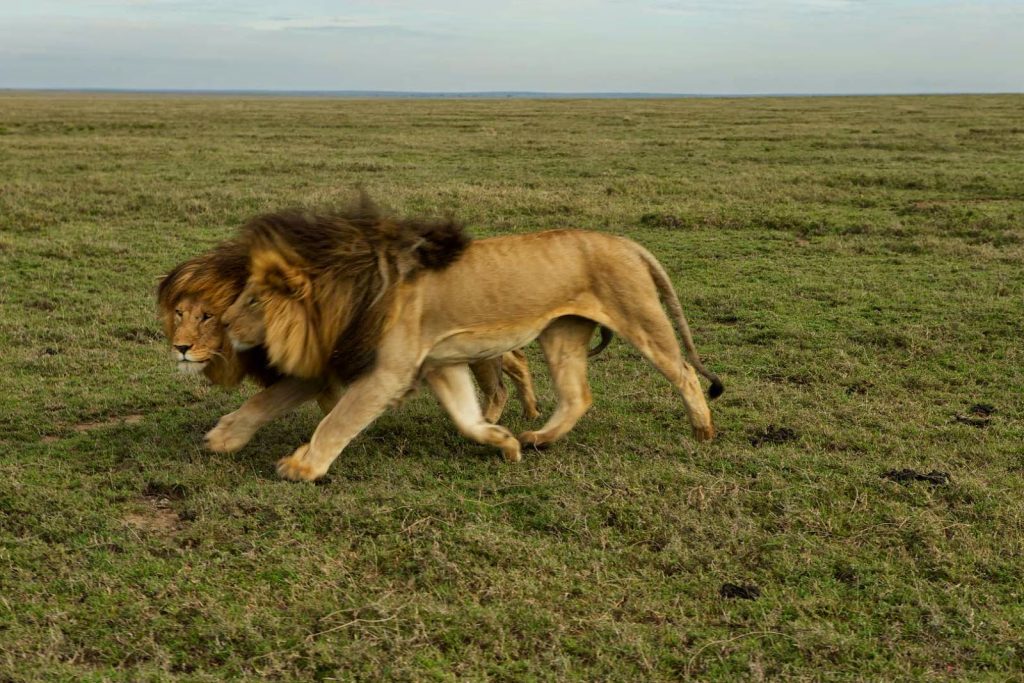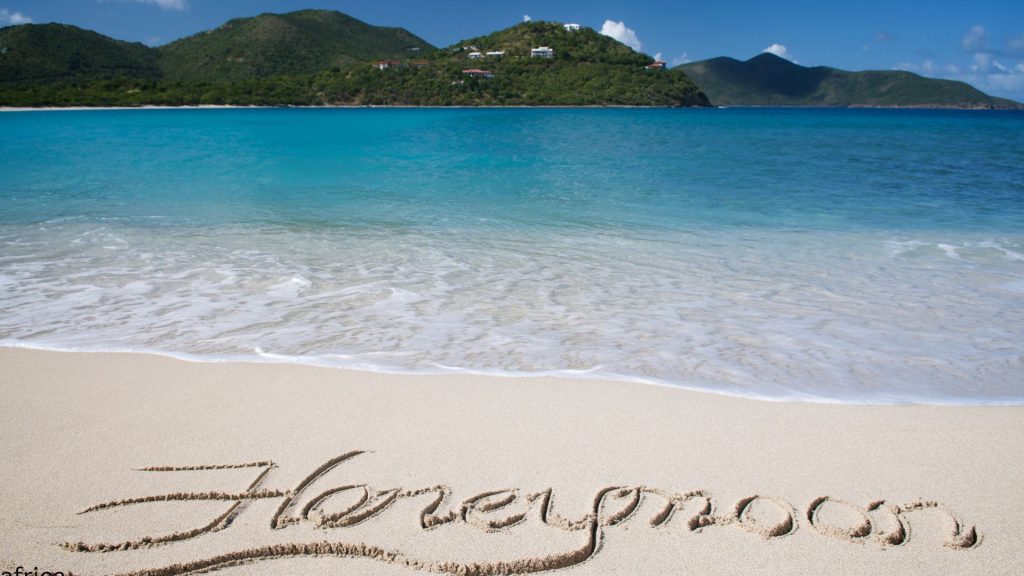Prison Island Tour
Prison Island is Situated 5.6km northwest of Stone Town, Unguja, Prison Island is a small island in the Indian Ocean that can be visited as part of a Zanzibari adventure. The island is also known as Changuu, the Swahili name for a fish that is abundant in the surrounding waters, and its total length is 800m.
Beneath its pristine beauty, Prison Island has a sinister history. Prison Island was uninhabited until the 1860s when the first Sultan of Zanzibar, Majid bin Said, gifted it to 2 Arab slave owners who used the island as a prison for rebellious slaves.
In 1893, British First Minister, Lloyd Matthews, acquired the island and planned to build a prison on this tranquil outpost. Although the building work was completed in 1894, the prison never housed any inmates.
In the 1920s, Prison Island was transformed into a quarantine island that served British territories in East Africa. The prison buildings were converted into a hospital, and patients were monitored for 1-2 weeks before they were permitted to leave.
Prison Island is a tropical paradise that contains an abundance of wildlife and great scenery. Most travelers visit Zanzibar at the end of a safari adventure on mainland Tanzania, and a visit to Prison Island is a great day trip for travelers who want to immerse themselves in Zanzibar’s history.
The 5.6km boat trip from Stone Town to Prison Island takes around 25 minutes. You can negotiate the price with local boat owners, or you can book through a tour company whose prices will be higher.
The waters around the Island are notoriously choppy, so you should avoid this excursion if you are uncomfortable with rough boat journeys.
A popular tourist attraction for those visiting Zanzibar is a small island inhabited by giant tortoises. The name of the island is Changuu, but it is popularly known as Prison Island. Our journey starts from the bustling shores of Stone Town, where a short boat ride takes us to this fascinating island where history and nature merge. In this article, you will learn many fascinating things about Prison Island hotels, tours, attractions, history, and more. Let’s unravel its mysteries together, starting from the island’s numerous names.
Prison, Changuu, or Tortoise Island?
Changuu Island is known by different names. It is rarely referred to by its official name, and you might hear this island being called Turtle Island, Prison Island, Quarantine Island, or Kibandiko. So, when planning your excursion, be aware that you will be visiting not several different islands but rather a small piece of land less than one kilometer in length.
It is often referred to as Turtle Island or Tortoise Island because it is indeed home to Aldabra Giant Tortoises, which reach a length of one meter (3.2 feet) or more. When they fully extend their necks from under the shells and raise them upwards, these impressive creatures can reach the waist of an adult human! Since those giants are the most appealing aspect of the island for tourists, especially children, this unofficial name has become prevalent in the tourism industry.
The island is also referred to as Prison Island because it houses the ruins of a prison built in the late 19th century. Interestingly, the prison complex was never actually used as a prison. Instead, it served as a sanitation station for sailors and passengers suspected of carrying dangerous contagious diseases. Hence, its other name – Quarantine Island.
There is an older name for the island – Kibandiko, but we won’t delve too deeply into its history. Instead, we’ll focus on the historical periods of Changuu that are of interest to its current visitors. Rather than presenting them in chronological order, we’ll follow the route that tourists typically follow when exploring the island. So, let’s begin with the fascinating tortoises.
How big are the tortoises on the Island?
Aldabra Giant Tortoises (Aldabrachelys gigantea) are the second largest species of land tortoises after Galapagos Giant Tortoises (Chelonoidis niger). The average length of an Aldabra giant tortoise, measured by the shell, ranges from 90 to 122 centimeters (35.4 to 48 inches). Many individuals can reach food growing one meter above the ground. In the wild, they feed on grass and shrub leaves. In the park, they are also fed with fruits. The average weight of an adult tortoise in its natural habitat usually ranges from 150 to 250 kilograms (330 to 551 pounds).



